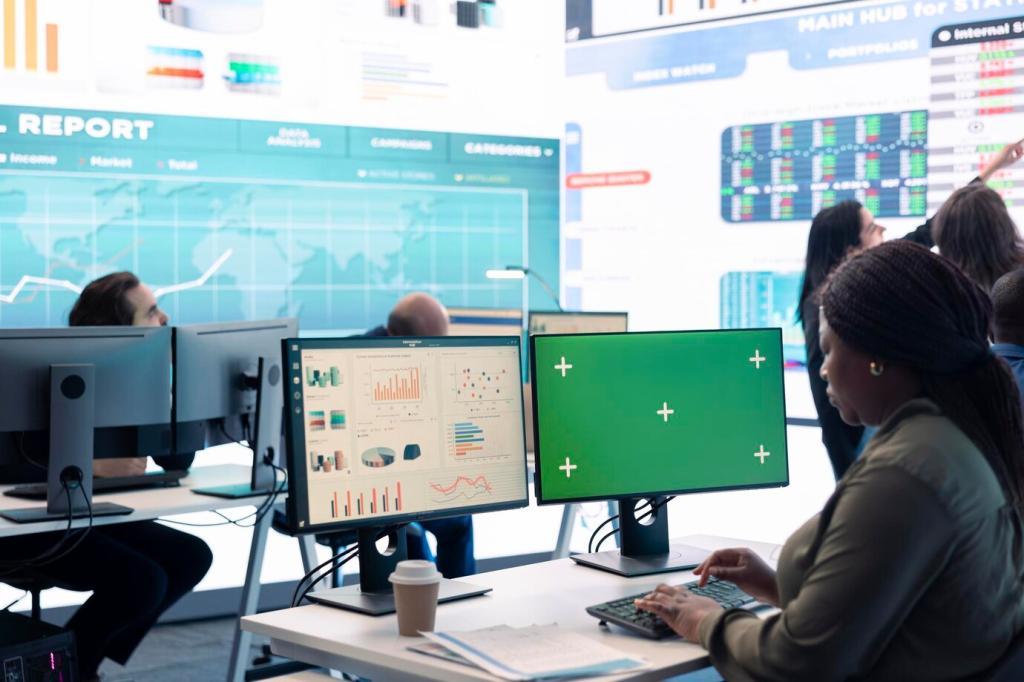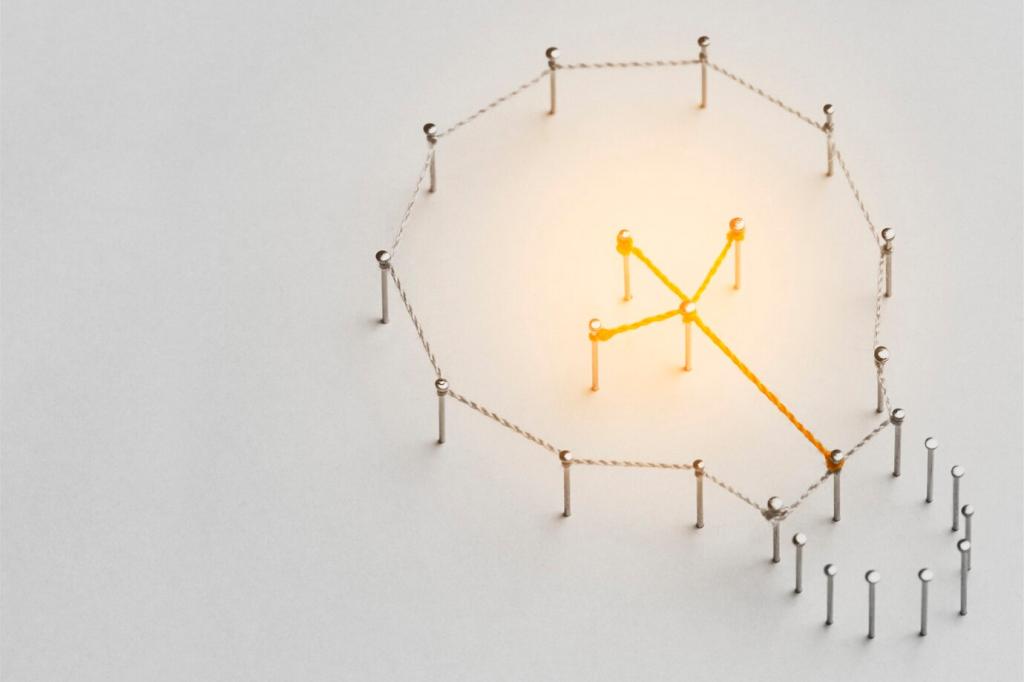Automation and Smart Monitoring
Install low-cost submeters on HVAC, lighting, and key equipment to see where energy flows. Track kWh by zone or process, then prioritize the biggest loads. Many owners discover scheduling fixes before buying new devices, improving payback and reducing capital strain.
Automation and Smart Monitoring
Use app-controlled plugs to enforce shutdowns after hours and on weekends. Smart thermostats provide scheduling, remote adjustments, and occupancy learning. Start small with one pilot zone, report results to your team, and expand once savings prove persistent over weeks.
Automation and Smart Monitoring
Set alerts for unusual overnight spikes, short-cycling HVAC, or refrigeration drifting warm. Quick responses prevent product loss and equipment damage. Want a simple alert template? Comment “alerts,” and we will send a ready-to-use configuration guide to subscribers.
Automation and Smart Monitoring
Lorem ipsum dolor sit amet, consectetur adipiscing elit. Ut elit tellus, luctus nec ullamcorper mattis, pulvinar dapibus leo.




